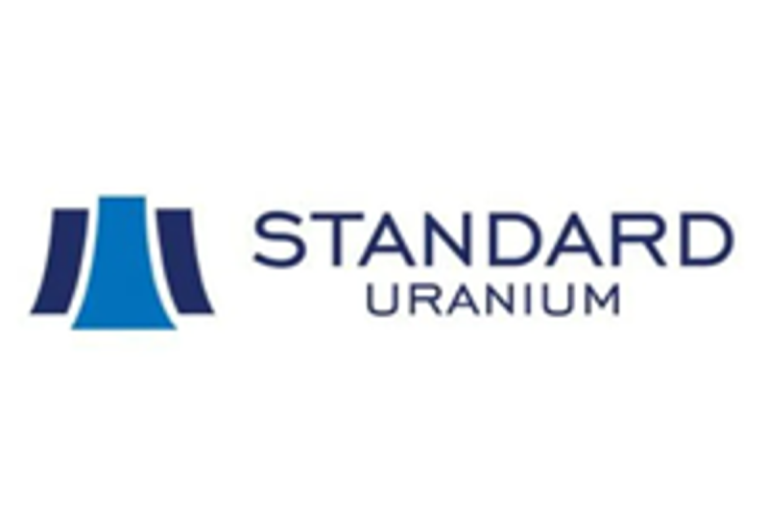Kansas City forward Temwa Chawinga is in a league of her own.
Chawinga was named the NWSL’s Most Valuable Player for the second consecutive season on Wednesday during the inaugural NWSL Awards in San Jose, California, just days ahead of the 2025 NWSL championship between the Washington Spirit and Gotham FC on Saturday (8 p.m. ET, CBS and Paramount+).
Chawinga also picked up her second straight Golden Boot after finishing the regular season with a league-high 15 goals.
Chawinga isn’t the only player that cleaned up. Here’s everything you missed during the 2025 NWSL Awards, from the full list of winners to all the finalists:
Here’s everything you need to know you the NWSL Awards, from how to watch to the list of finalist:
Temwa Chawinga wins Most Valuable Player
Winner: Kansas City forward Temwa Chawinga
Chawinga was named the NWSL’s Most Valuable Player for the second consecutive season, becoming the first player in league history to win the honor in back-to-back season. Sam Kerr is the only other player to win NWSL MVP twice. Chawinga led the league with 15 goals in 23 matches played.
Finalists: Delphine Cascarino (San Diego Wave FC), Esther González (Gotham FC), Manaka Matsukubo (North Carolina Courage), Bia Zaneratto (Kansas City Current)
Best XI first and second teams
The Kansas City Current dominated the Best XI First Team, taking over five of the 11 positions.
Bev Yanez wins Coach of the Year
Winner: Racing Louisville FC head coach Bev Yanez
Yanez became the first person to make it to the NWSL playoffs as both a player and a coach after Racing Louisville FC punched its postseason ticket for the first time in franchise history on Decision Day on Nov. 2. The second-year head coach led Racing to its best season with a record 10 wins and 37 points.
The award was announced by Golden State Valkyries head coach Natalie Nakase, who was named the 2025 WNBA Coach of the Year after her team made the playoffs in its expansion season.
Finalists: Adrian Gonzalez (Washington Spirit), Vlatko Andonovski (Kansas City Current)
Manaka Matsukubo wins Midfielder of the Year
Winner: North Carolina Courage midfielder Manaka Matsukubo
Manaka appeared in all 26 matches this season and finished third in the Golden Boot race with 11 goals this season, in addition to four assists. Her 15 goal contributions led all midfielders.
Finalists: Kenza Dali (San Diego Wave), Debinha (Kansas City Current), Claire Hutton (Kansas City Current),Olivia Moultrie (Portland Thorns)
Temwa Chawinga receives Golden Boot trophy
Chawinga won the Golden Boot for the second consecutive season after scoring 15 goals. She’s the first player in NWSL history to win back-to-back Golden Boots since Sam Kerr accomplished the feat three consecutive seasons from 2017-2019.
Sam Hiatt wins Lauren Holiday Impact Award
Winner: Portland Thorns defender Sam Hiatt
The Lauren Holiday Impact Award recognizes NWSL players for ‘outstanding service and character off the pitch, spotlighting those who exemplify dedication and commitment to giving back to their local communities.’ As a result, a $50,000 donation from Nationwide will be donated to Candlelighters For Children With Cancer, an organization selected by Hiatt.
Finalists: Katie Zelem (Angel City Football Club), Racheal Kundananji (Bay FC), Bea Franklin (Chicago Stars), Ryan Campbell (Gotham FC), Abby Smith (Houston Dash), Claire Hutton (Kansas City Current), Lauren Milliet (Louisville Racing FC), Hannah Betfort (North Carolina Courage), Haley McCutcheon (Orlando Pride), Cassie Miller (Seattle Reign), Kyra Carusa (San Diego Wave FC), Kate Del Fava (Utah Royals), Ashley Hatch (Washington Spirit)
Tara McKeown wins Defender of the Year
Winner: Washington Spirit center back Tara McKeown
McKeown led the Spirit to 11 clean sheets across all competitions in 2025. She finished second in the league in interceptions and top four in blocked shots and tackle success rate, while leading her team in clearance, interceptions and blocks.
Finalists: Jordyn Bugg (Seattle Reign), Avery Patterson (Houston Dash), Izzy Rodriguez (Kansas City Current), Kayla Sharples (Kansas City Current)
Lorena wins Goalkeeper of the Year
Winner: Kansas City Current goalkeeper Lorena
Lorena’s first season in the NWSL on the Kansas City Current was nothing short of historic. The goalkeeper led the league with 14 regular season clean sheets and recorded 690 consecutive shutout minutes, which both set NWSL records. She reached her 10th shutout in just 17 matches, tying the league record for the fastest keeper to reach the milestone. Lorena made 24 starts and logged 2,160 minutes in her first season with the Current.
Finalists: Ann-Katrin Berger (Gotham FC), Claudia Dickey (Seattle Reign), Lorena (Kansas City Current)
Lilly Reale wins Rookie of the Year
Winner: Gotham FC fullback Lilly Reale
Gotham FC fullback Lilly Reale appeared in all 26 matches this regular season, including 21 starts in her rookie campaign. She led Gotham with 36 interceptions and ranked second in tackles (54).
Finalists: Maddie Dahlien (Seattle Reign), Riley Tiernan (Angel City FC)
Trinity Rodman is in the building
Washington Spirit forward Trinity Rodman incorporated her jersey into her evening wear, which she debuted on AT&T’s custom blue carpet ahead of the event.
What time is 2025 NWSL Awards?
The 2025 NWSL Awards will be held on Wednesday, Nov. 19, at 5:30 p.m. ET (ESPN2) in San Jose, California.
2025 NWSL Awards: Time, streaming for award show
- Date: Wednesday, Nov. 19
- Time: 5:30 p.m. ET (2:30 p.m. PT)
- Location: San Jose Civic Center (San Jose, California)
- TV: ESPN2
- Stream: Fubo, the ESPN App
NWSL Award Finalists
Most Valuable Player
- Delphine Cascarino (San Diego Wave)
- Temwa Chawinga (Kansas City Current)
- Esther González (Gotham FC)
- Manaka Matsukubo (North Carolina Courage)
- Bia Zaneratto (Kansas City Current)
Defender of the Year:
- Jordyn Bugg (Seattle Reign)
- Tara McKeown (Washington Spirit)
- Avery Patterson (Houston Dash)
- Izzy Rodriguez (Kansas City Current)
- Kayla Sharples (Kansas City Current)
Goalkeeper of the Year
- Ann-Katrin Berger (Gotham FC)
- Claudia Dickey (Seattle Reign)
- Lorena (Kansas City Current)
Midfielder of the Year
- Kenza Dali (San Diego Wave)
- Debinha (Kansas City Current)
- Claire Hutton (Kansas City Current)
- Manaka Matsukubo (North Carolina Courage)
- Olivia Moultrie (Portland Thorns)
Rookie of the Year
- Maddie Dahlien (Seattle Reign)
- Lilly Reale (Gotham FC)
- Riley Tiernan (Angel City FC)
Coach of the Year
- Vlatko Andonovski (Kansas City Current)
- Adrian Gonzalez (Washington Spirit)
- Beverly Yanez (Louisville Racing)
The USA TODAY app gets you to the heart of the news — fast. Download for award-winning coverage, crosswords, audio storytelling, the eNewspaper and more.
This post appeared first on USA TODAY









